MD game, what is it called locally? We here always call it "medium game." "Small game console" is the Famicom or Little Overlord, and "large game console" is the arcade game that everyone is most familiar with.
At that time, arcade games were already the ceiling in gaming, with the best picture quality and experience. The performance of MD was infinitely close to that of an arcade machine. In the eyes of players at the time, it was like bringing the arcade machine back home.

At that time, the share of MD games among students was very low. There might be more than 20 Famicom computers in a class, but the number of people who owned MDs was at most two or three. There might only be one or two SNES owners in a school. !
Of course, it is not that difficult for players in big cities to own one. Players in counties and towns mostly see MD games on Xintianli VCD.
And some host stores:
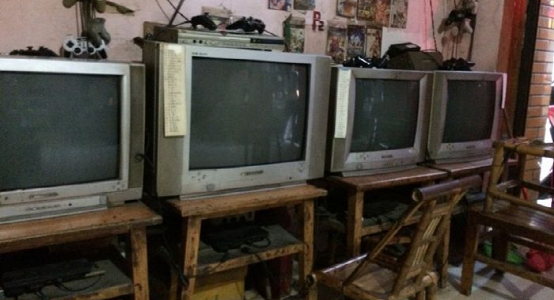
There are also some players who never had the chance to play it back then. If you didn't play in that passionate era, you basically have no feelings.
I really want to know how many players were "fooled" by "Video Game Software" back then to buy Sega MD and SS?

"Electronic Game Software" is keenly aware of Sega's share of the domestic market, so most of the games mentioned are Sega's. Many games are mentioned repeatedly.
Nowadays, popular games have no feeling no matter how popular they are. Basically, you can put them down as soon as you put them down.
Let’s look at the games in the early years. Any game can make us sleepless and forgetful about food and drink. It’s still a lot of fun to recall it now.
Today, the editor will bring you the ten most classic classics in the MD era. Everyone is welcome to discuss
Players can basically tell at a glance that the fighting scenes and actions of "Strikes of Rage" are borrowed from "Fist of Rage", and even the actions of the protagonist are very similar.
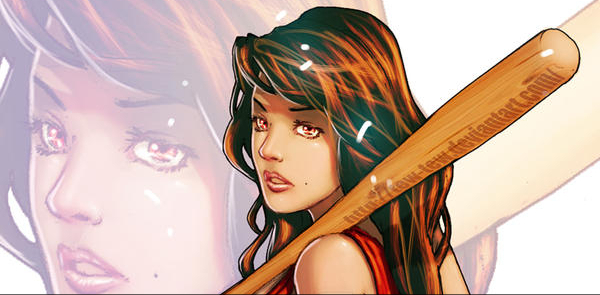
However, Streets of Rage was released on the MD platform, which has a great advantage. Coupled with the impact of the action and the easy punching, it increases the fun and reduces the difficulty of the game.

The success of "Strikes of Rage" is that it truly brought arcade games home.
At that time, players believed that Streets of Rage 2 was already the pinnacle game.
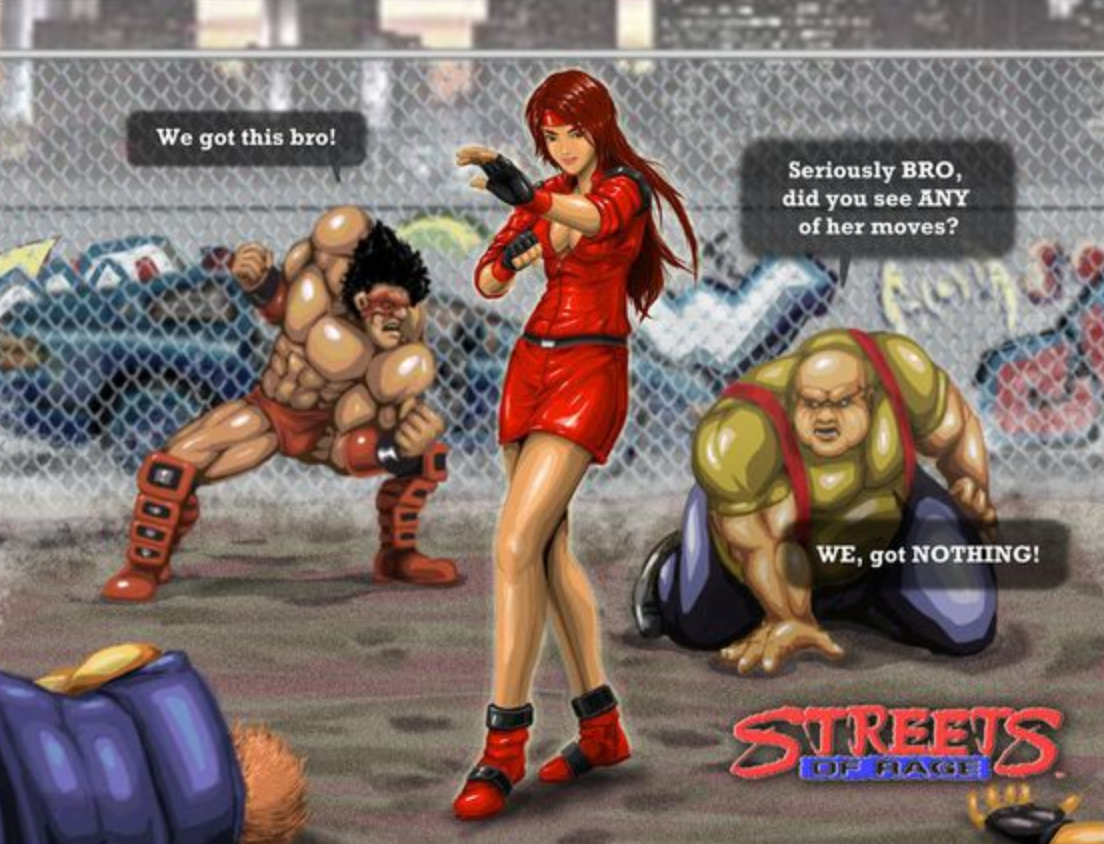
"Strings of Rage 2" has added a combo system. After using normal attacks for a few hits, you can also connect other special moves to perform combos to achieve super high blood volume. This was definitely a pioneering work among the "beat-and-beat" games at the time.
There is no such thing in arcade games.
If you were to find a game on the MD platform that represents the pinnacle of side-scrolling games, it would definitely be the Streets of Rage series.
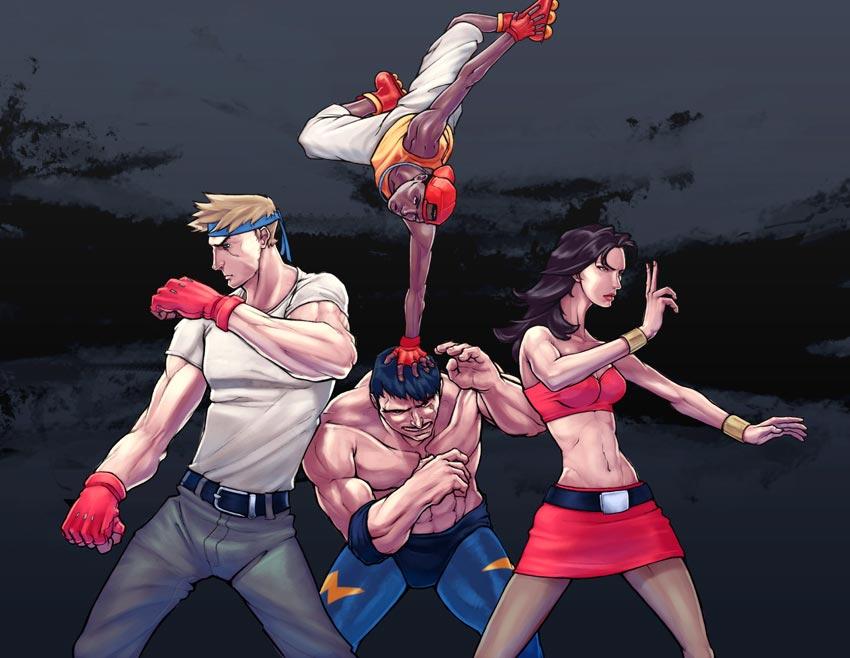
"Strings of Rage 3" gives people a more advanced feeling:
You can run, your character has special skills, and you can perform corresponding moves when you pick up a weapon.
It can be said that the game maximizes the 16-bit MD performance, inherits the advantages of the first two games, and has gorgeous and smooth movements. It also adds a power storage system and special skills. When the score reaches a certain level, you can upgrade your skills, adding a few more A hidden figure.
"Strikes of Rage" is also relatively rare, a classic IP that can continue to release new games more than 20 years later. Streets of Rage 4’s super gorgeous combos and combat system have attracted many new players.
If Streets of Rage is the pinnacle of beat-em-up games, then Successor of Light is the pinnacle of action games.
That’s right, “Heir of Light” is the most successful ACT game on MD
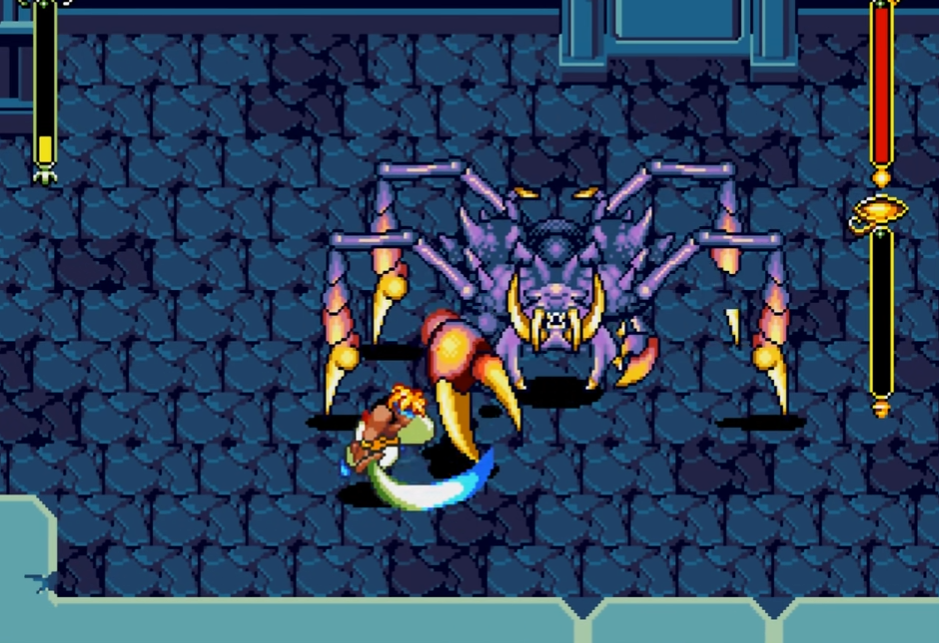
It’s hard to imagine that MD’s action game actually includes a trick setting.
You don’t need to fight monsters and level up in the game, you just need to master your attack techniques and skills. After getting familiar with the process, you can usually complete the level in one or two hours.
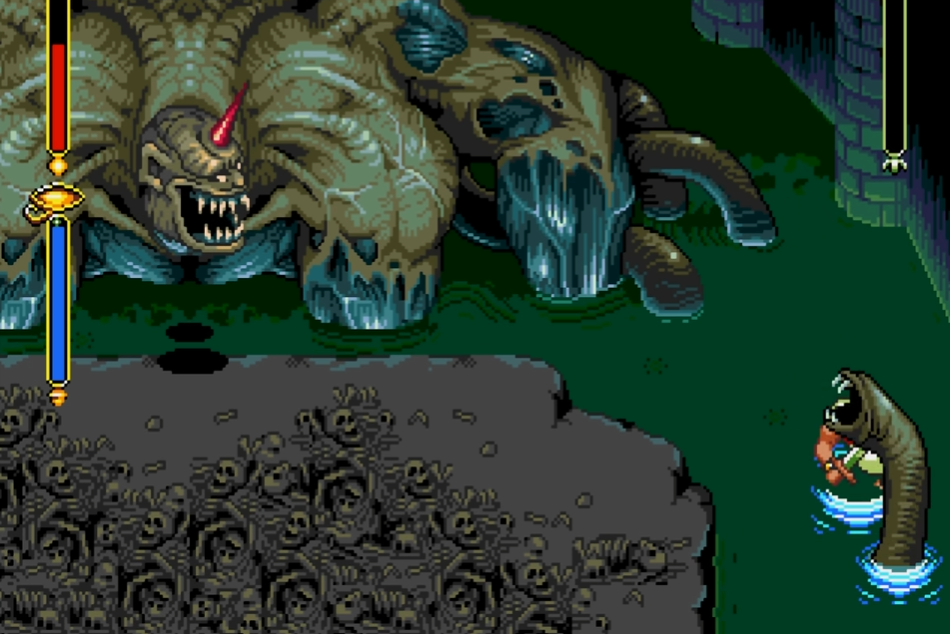
I wonder if you succeeded in reaching the 100th floor back then? Many players are just a little bit behind it. In fact, they use slime later to summon elves that replenish blood, which is enough for battery life. The infinite fire sword can kill a child with one sword.
Years later, I still vaguely remember that punching forward, punching back and forth, punching in a half circle, punching, punching, and punching in front after a circle are the big moves. There is also a hidden spot where I jumped stones to get an infinite bomb. It took me an entire afternoon of jumping and jumping before I succeeded.
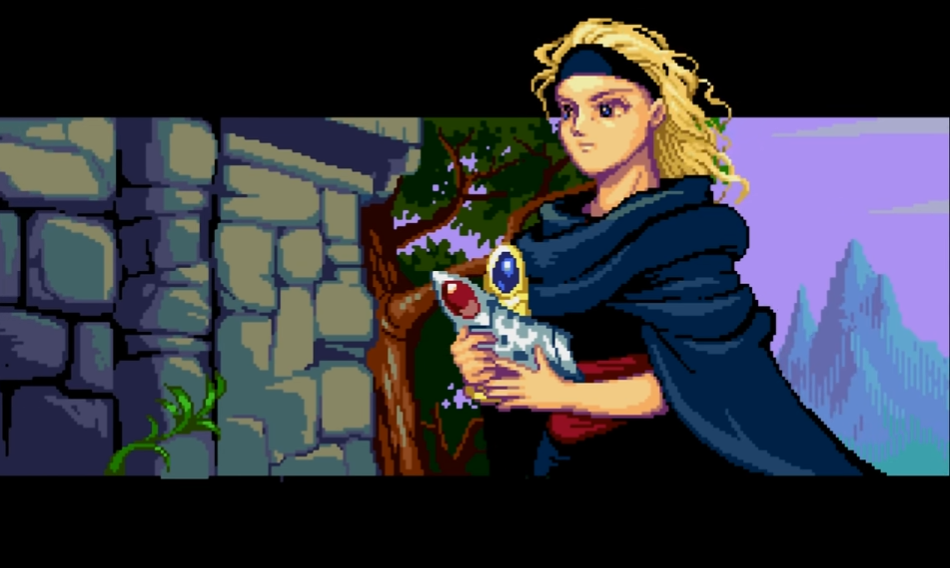
It makes me want to kill fish again now!
"Contra" is relatively popular no matter what platform it is on, and the same is true for this MD "Contra", which is considered to be one of the most exciting shooting games.
Many people mistake it for "Contra 3". In fact, this quality is also competent for the third generation. It's just a little more difficult.

In the "Contra" series, weapons have always been the core, and in this game there are four weapons ABCD, and the effects of each character are completely different.
The battle scenes must be described as "hot". In the later stages of the game, when faced with various weird BOSSs, the shocking feeling is self-evident.
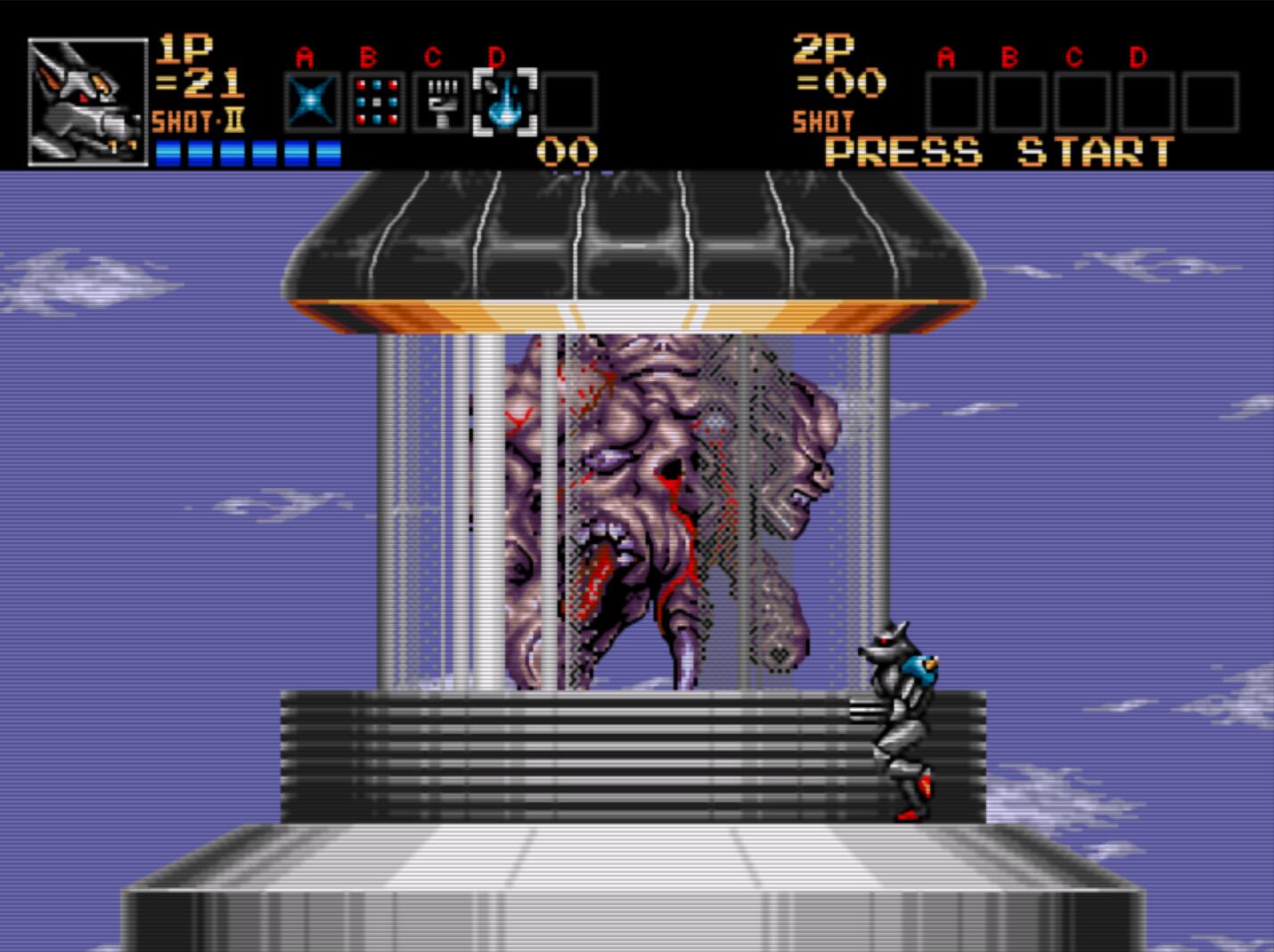
To be honest, for novice players, playing this game is torture. Although there is a health bar, there is still no need to fight!
Not having the ability to predict and back up is painful. Especially when encountering the robot chasing on the road, he didn't even know where to attack.
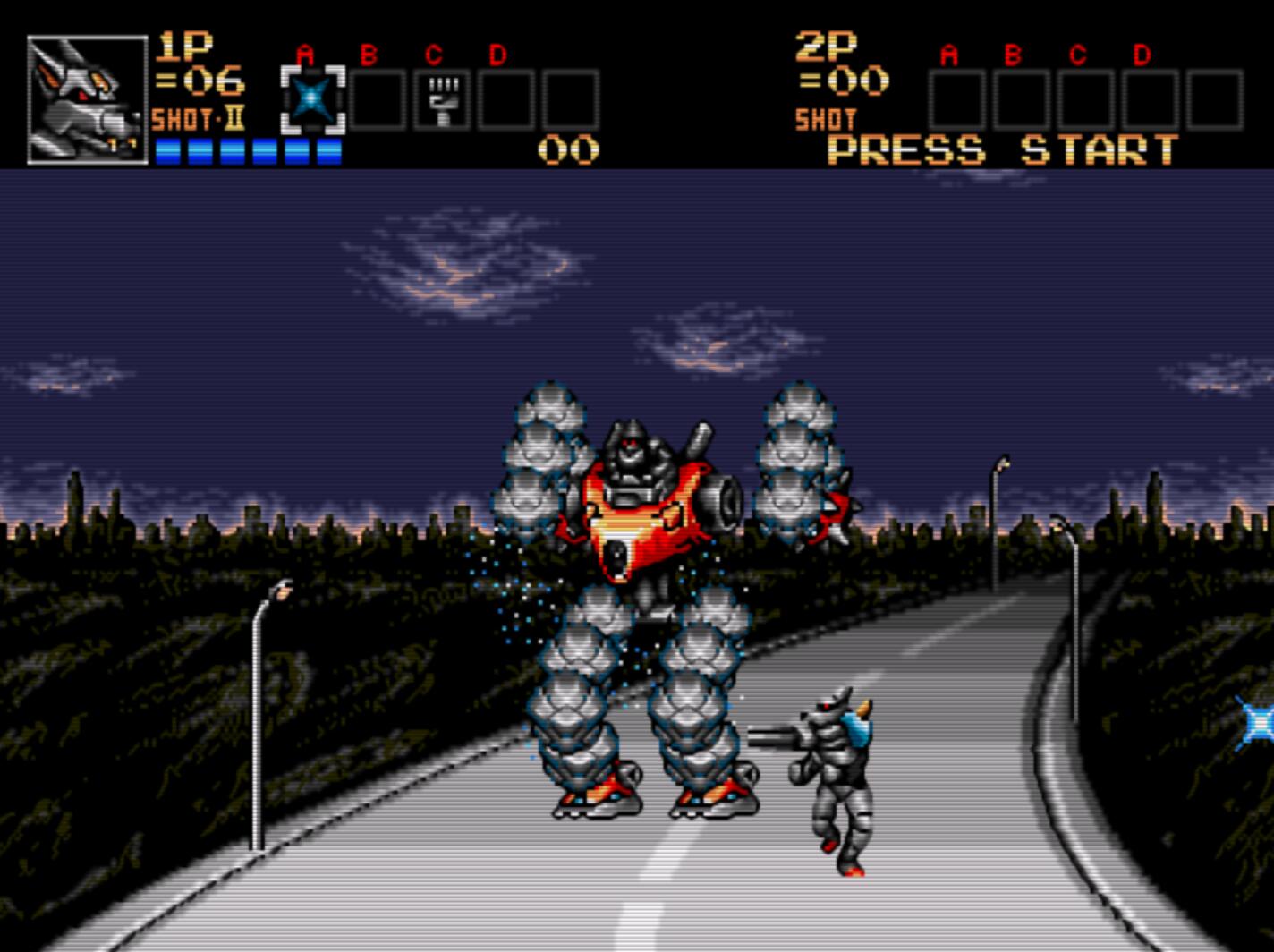
Have you ever been disappointed with Treasure Company’s games? It seems that it has never happened before!
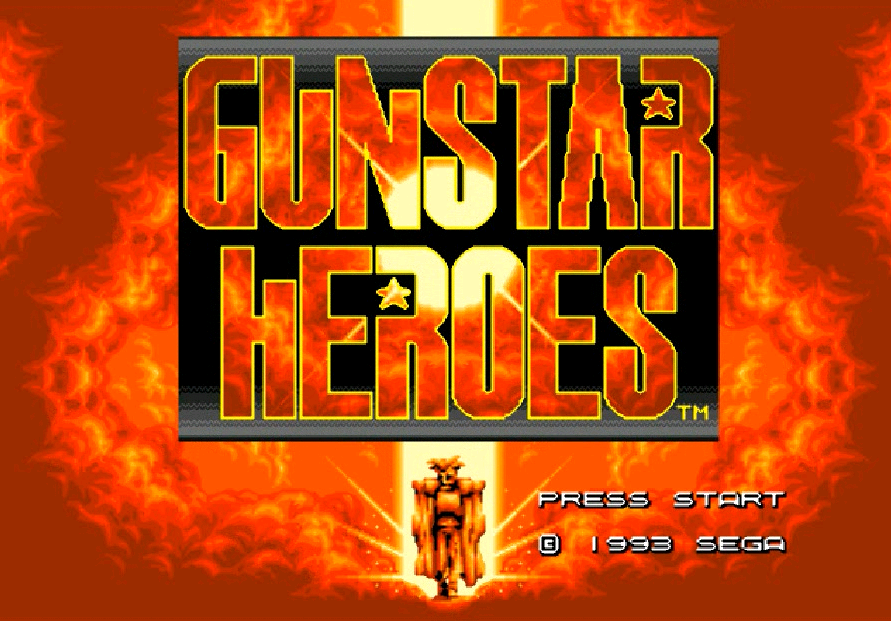
This game called "Musket Heroes" is basically the pinnacle of MD shooting games. I fully understand the performance of MD. It was once so popular that it was placed in arcades for a long time.
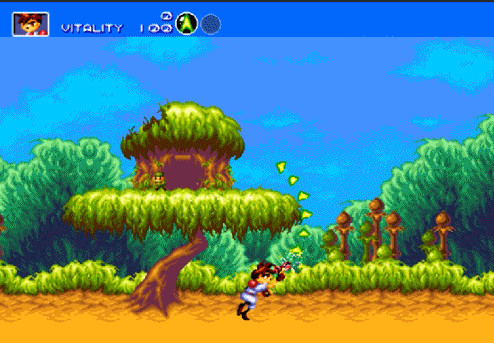
There are many main attack methods in the game. The damage of jumping and impact is extremely high. In addition, you can also use close-range throwing skills. The combination of weapons is also very rich. Using the right weapon in the right scene can often get twice the result with half the effort.

There are many levels in the game. If you can clear the level with one coin in the game arcade, it will take at least more than an hour!
RPG games have always been Sega's weakness. After all, functionality limits the number of RPG games that can appear.
Therefore, many players think that the MD platform is not particularly suitable for creating RPG games. The emergence of "Phantasy Star" completely broke this statement, allowing us to experience unprecedented pleasure here.

The plot of the game is very compact, with a high degree of freedom. The graphics are simple and effective, and there are many close-ups. Meeting new enemies will make you extremely nervous. The most classic one is the cooperative skill, which is amazingly powerful and eye-catching.
The cutscenes use a lot of textures, which shows the care and attention of the production team.

We know that although MD's games are classics, few games can become classic IPs and continue to exist.

And "Phantasy Star" has done it. Not only has several works been released on the MD platform, but it has also been updated over the years and has been released on PS2, NGC, PSP, NDS, and NS platforms.
I played "Dream Simulator" some time ago and found that I couldn't play without turning on the accelerator. It was too slow. I didn't expect that this game that made me addicted to myself back then would actually feel like this when I play it again.

But I have to say that "Dream Simulator 2" is the best strategy simulation game on MD, and the second generation is also the pinnacle of the series.
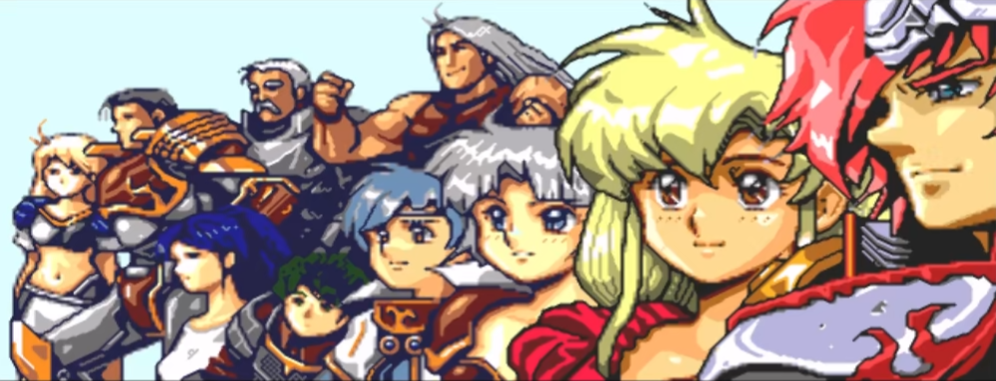
Although the various sequels of "Dream Simulator" have a certain degree of innovation, they have always used the second-generation model.
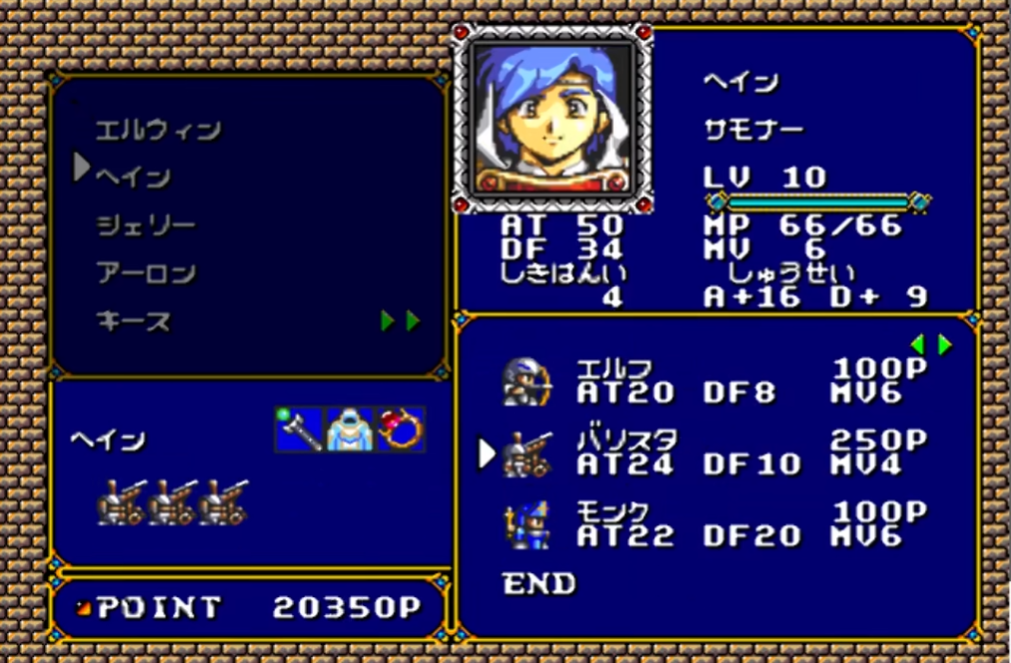
The plot, characters, colors, music, sound effects, balance, and feel are all top-notch and impeccable.
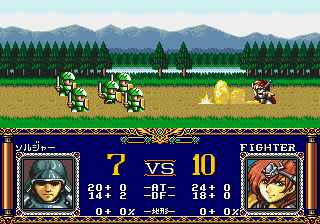
The most creative action-passing game is naturally "Manga Zone".
It’s hard to imagine that the theme of time travel comics already existed in the 1990s.
The protagonist who was drawing a comic was suddenly hit by a burst of thunder and a space-time vortex appeared in his hand. A cartoonist wearing a hat appeared out of nowhere. He grabbed the protagonist with his backhand and threw it directly into the comic, then picked up his pen and tried to draw various enemies.


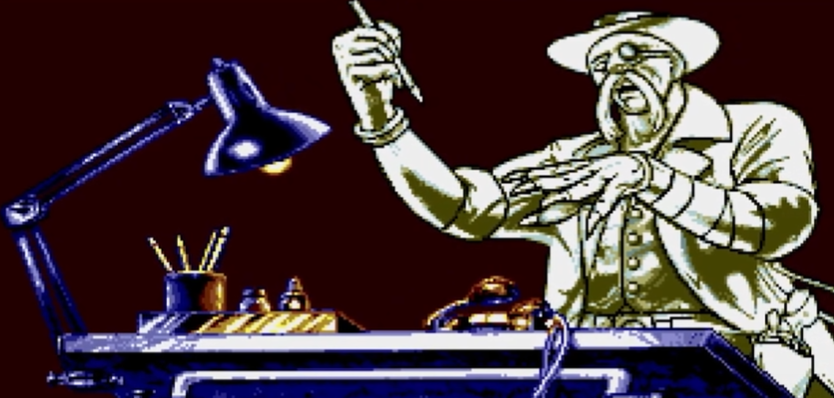
After the protagonist falls into the comic, he finally survives and escapes from the comic by deciphering the secrets and defeating his opponents.
As a cartoonist, it’s normal for me to know ten levels of karate!

The entire game takes place in the comics, so we will see a lot of unnatural things happening. Called by players as “a decryption game disguised as a puzzle game,” there are many scenes in the game that require a certain amount of imagination to complete.
In the end, the BOSS is also a cartoonist. After discovering that the protagonist entered the book, he began to draw various powerful enemies.
After drawing for a long time, the protagonist could not be painted to death, so the villain simply entered the game directly, captured the heroine, and then fought with the protagonist.
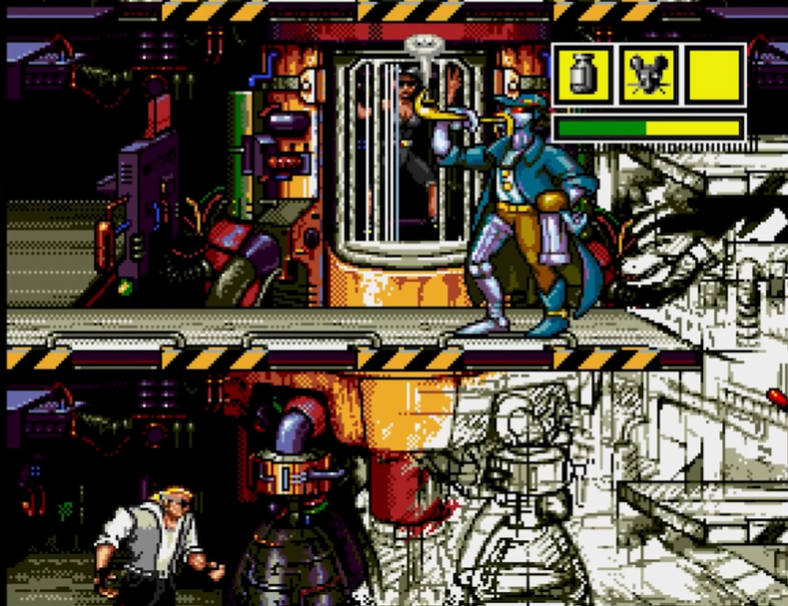
The best ending of the game is naturally that both the male and female protagonists return to reality.
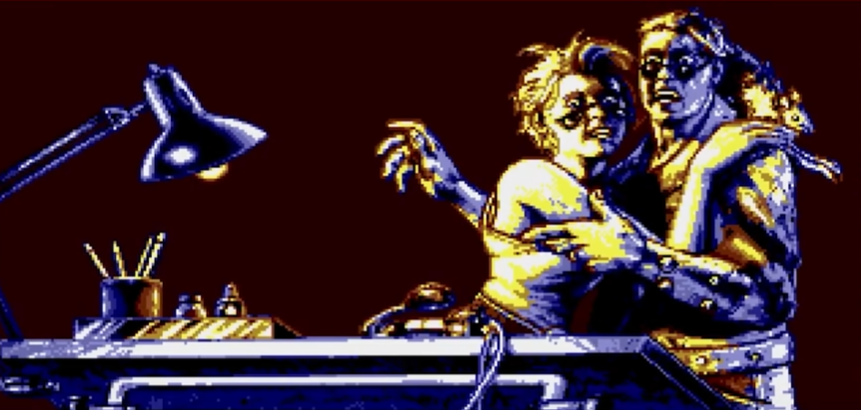
MD's strongest fighting game and the game with the most far-reaching influence, "Yu Yu Hakusho - Demonic Unification Battle" is definitely qualified.
Like "Musket Heroes", they are both works of Treasure Company.
How many players back then were the protagonists who bought a game.
There is a certain difference between the gameplay and the arcade platform. It is a unique feature of the MD console. This kind of feeling cannot even be given by the arcade machine.
As the strongest fighting game on the MD platform, it has still not been surpassed.
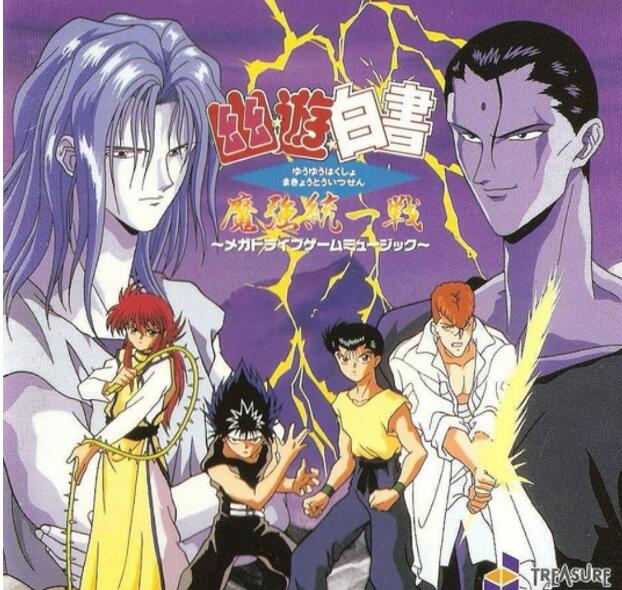
Each character in the game has several moves, and the instructions are relatively simple. For novice players, they only need to practice one or two moves to get started.
Basically once you use it, you will never forget it.
None of us had seen the cartoon back then, but we could call everyone by name: Sensui, Jin, Itsuki, Genkai, Kuwabara, Urameshi, Kurama, Hiei, Sho, Toguro (brother), Toguro Lu (brother)
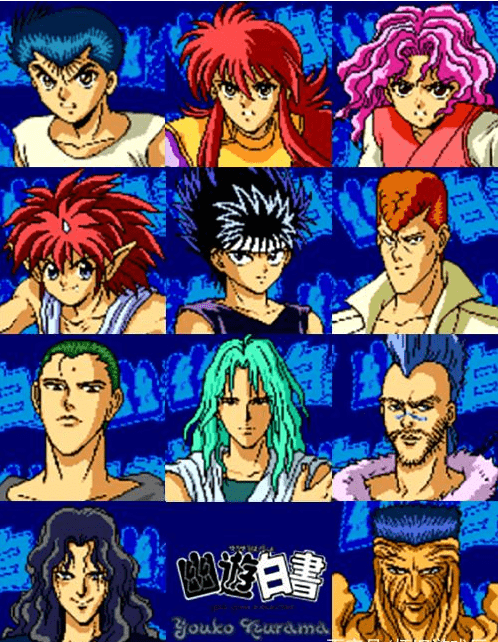
The reason why the game is classic is that it is very challenging. If someone had this game at home back then, other players would definitely not even want to play on arcade machines and Famicom machines, and would just come over and play together.
Until now, there are still many players who are studying this game with concentration.

This game supports four people fighting at the same time, and has a high degree of freedom. The fighting operation feels refreshing, the use of consecutive skills is quite difficult, and the playability is very high.
Does hearing this name make your blood boil?
The second generation is basically the pinnacle of the series, and later versions feel just average.
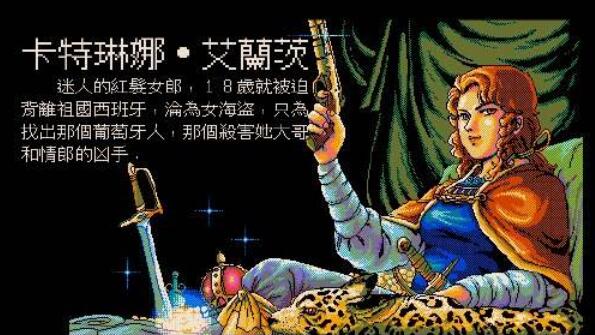
The production of the game is very rigorous, and many players have learned a lot from this game. The kids were even obsessed with nautical charts and were thinking about drawing coastlines during class.
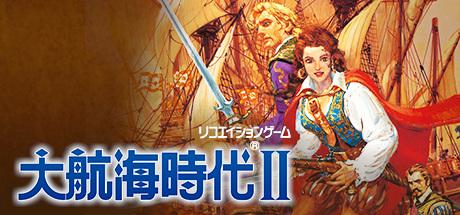
"Street Fighter 2" performed best in arcades, but it shrunk somewhat after being ported to SFC and MD.
However, it did not affect the experience and sales at all. At that time, "Electronic Game Software" also spoke highly of the transplanted version of MD.
The transplanted versions include "Super Street Fighter 2" and "Street Fighter" 12-player version
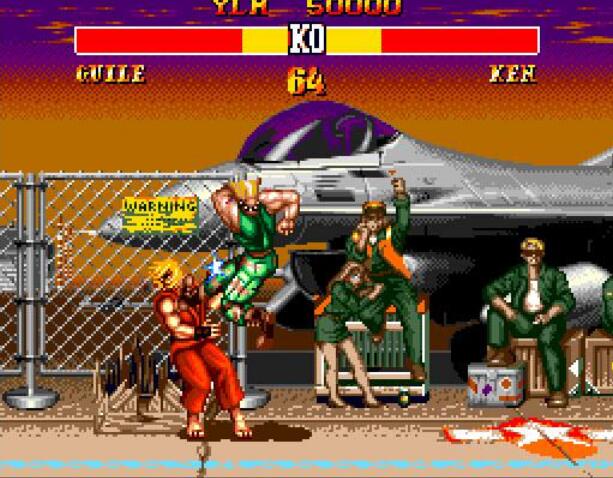
The coordination and speed of the picture are almost the same as those on arcade machines. After clearing the level, the picture is different from what we saw on the arcade. This can be considered a more conscientious production!
Also:
"Swallowing Heaven and Earth 3", "The Heroes of the Gods", "Light and Darkness", "Dinosaur Brothers 2", "Dune 2", "Light Force", "Super Ninja", "Secret Treasures of the Demon Realm", "Three Kingdoms Heroes in Troubled Times", "The Beggar Prince", "Space Warriors", "The Legend of Arthur", "The Adventures of Dolphin", "Sonic", "Earthworm Warriors", "The Emperor's Treasure", "Castlevania", "The Legend of Taige", "Grand Strategy 2", "Sledgehammer Dinosaur", "New Genesis" "Slam Dunk", "The Legend of the Gods", "Tomahawk", "Taipingji", "The Legend of Overlord", "The Demon King with the Lion", "The Legend of Ninja Burei"...
I wonder if you studied it all back then?